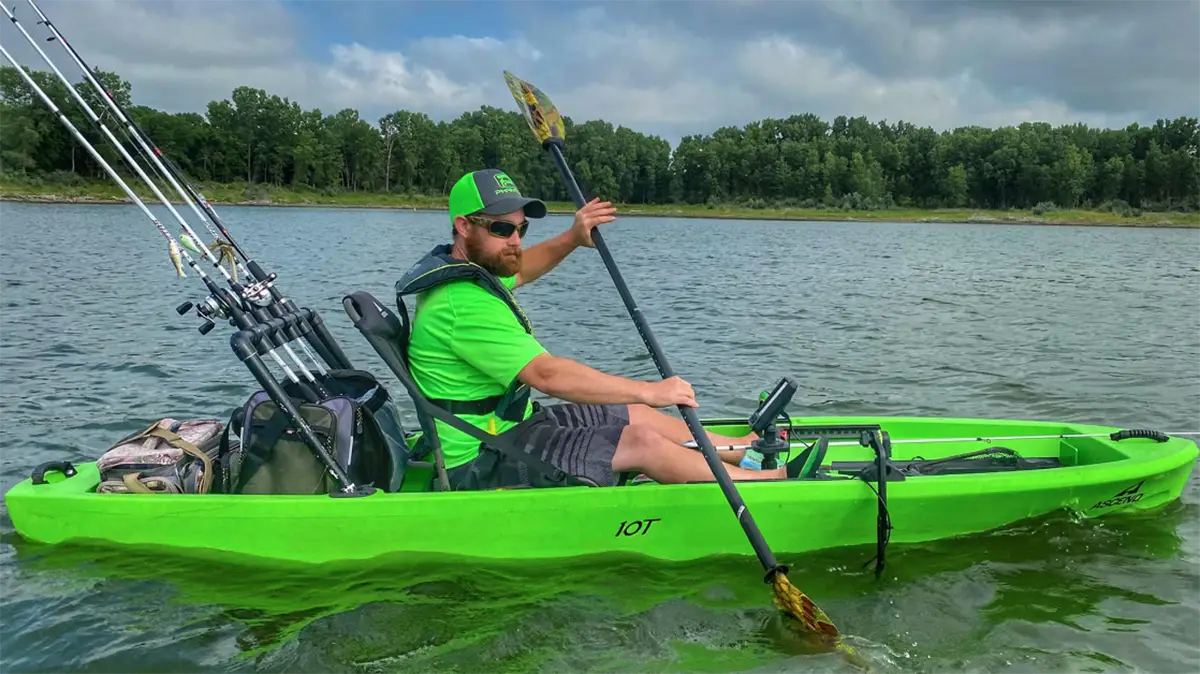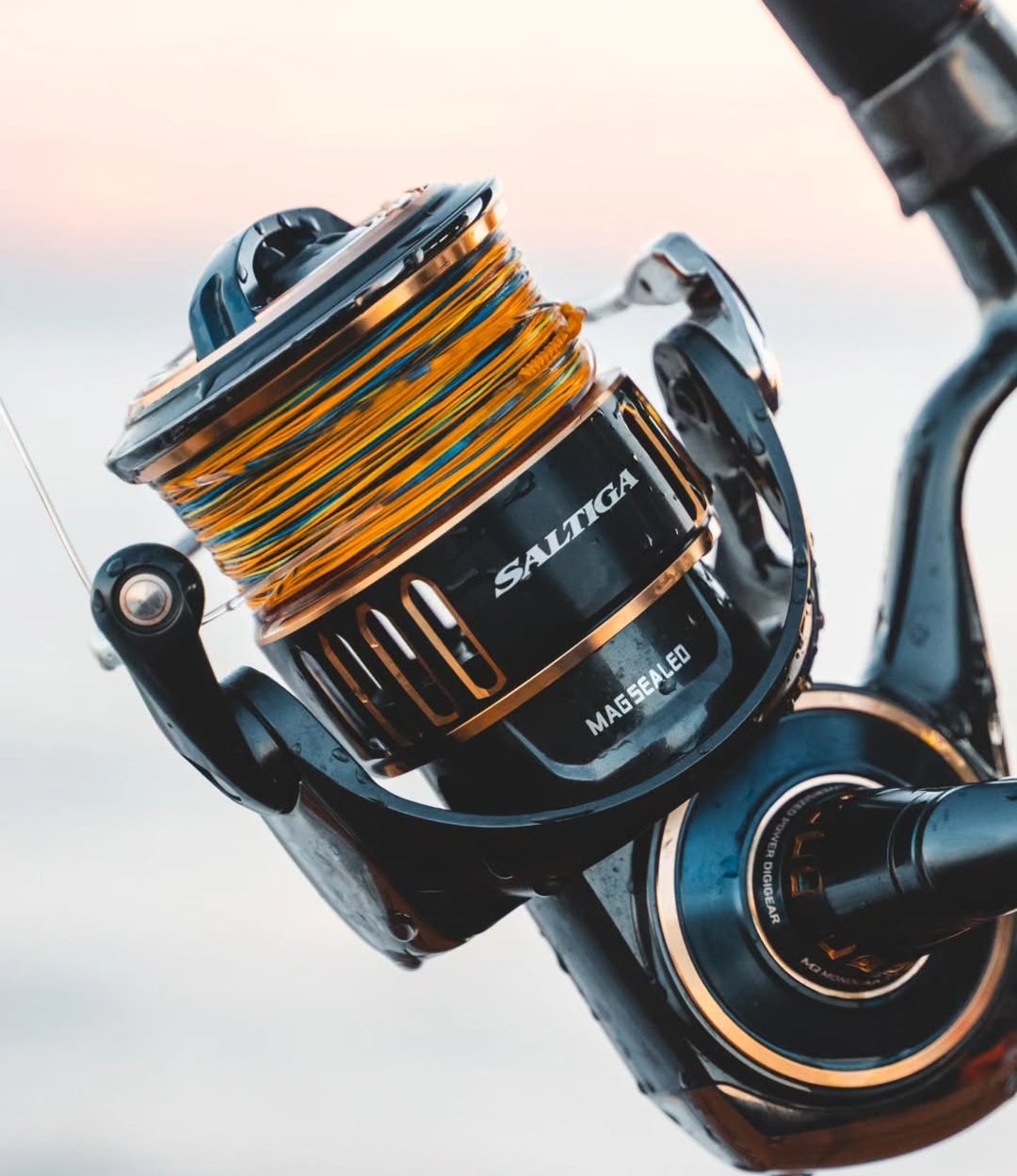Introduction: The Ultimate Fishing Platform Dilemma
“The biggest plus for me is comfort—my back goes spastic with that bent knee/straight leg position in kayaks, but in a canoe, I can squirm around easier.” This sentiment captures the heart of the canoe vs kayak fishing debate that every angler faces.
Choosing between a canoe and kayak for fishing involves multiple competing factors: stability, comfort, storage, cost, and fishing effectiveness. The wrong choice can mean uncomfortable fishing trips, limited gear capacity, or compromised fishing performance.
This comprehensive comparison analyzes each platform across the key decision criteria that matter most to fishing success and enjoyment, based on extensive testing, angler surveys, and expert insights from fishing guides and tournament professionals.
What You’ll Learn
- Stability and safety comparison
- Comfort factors for all-day fishing
- Storage and gear organization
- Fishing technique effectiveness
- Cost-benefit analysis
- Personalized recommendations
Expert Insights: Canoe vs Kayak Fishing Comparison
Stability Showdown: Which Platform Keeps You Fishing Longer?
Canoe Stability Advantages
- Wider hull provides exceptional primary stability
- Higher center of gravity allows easier standing and casting
- Open design enables movement and repositioning while fishing
- Gunwales provide stable handholds for boarding and stability
Kayak Stability Features
- Lower center of gravity increases overall stability
- Secondary stability improves with hull curvature and rocker
- Sit-on-top models offer compromise between stability and accessibility
- Narrower profile cuts through waves more effectively
Stability Comparison Analysis
Comfort & Ergonomics: The All-Day Fishing Test
Seating Position
Multiple positions – sit, kneel, stand, stretch legs
Fixed seated position with leg extension
Back Support
Flexible positioning reduces back strain
Backrest support but limited movement
Mobility
Easy repositioning and gear access
Limited to cockpit area movement
Comfort Considerations for Extended Fishing
Canoe Advantages:
- • Ability to change positions reduces fatigue
- • Standing capability for sight fishing
- • Better circulation with leg movement options
- • Easier entry and exit
Kayak Considerations:
- • Lower profile reduces wind exposure
- • Padded seats provide consistent support
- • Cockpit protection from elements
- • Foot braces improve paddling efficiency
Storage & Gear Organization: Fishing Equipment Capacity

Kayak Storage System
- Sealed hatch compartments keep gear dry
- Bulkheads prevent flooding and provide organization
- Cockpit protection with spray skirts
- Limited accessibility during fishing

Canoe Storage System
- Open deck space for large gear and coolers
- Easy access to tackle and equipment while fishing
- Higher weight capacity for extended trips
- Gear exposed to elements without covers
Storage Capacity & Accessibility Comparison
Fishing Effectiveness: Casting, Trolling, and Fish Fighting
Casting Performance
Canoe Advantages:
- • 360-degree casting angles
- • Standing capability for better reach
- • Multiple rod positioning options
Kayak Benefits:
- • Lower profile reduces casting interference
- • Built-in rod holders for multiple lines
- • Stable platform when seated
Trolling Capability
Canoe Performance:
- • Stable platform for trolling motor
- • Room for downriggers and gear
- • Two-person trolling operations
Kayak Performance:
- • Streamlined hull for efficient trolling
- • Pedal drive systems available
- • Better tracking in current
Fish Fighting
Canoe Advantages:
- • Mobility to follow fish
- • Standing leverage for big fish
- • Easy net access and fish handling
Kayak Advantages:
- • Lower center of gravity for stability
- • Faster repositioning capability
- • Better control in wind and current
Fishing Technique Effectiveness Comparison
Maneuverability & Control: Positioning for Fishing Success
Paddling Characteristics
| Aspect | Canoe | Kayak |
|---|---|---|
| Paddle Type | Single-blade | Double-blade |
| Effort Required | Higher | Lower |
| Speed | Moderate | Fast |
| Turning Radius | Wide | Tight |
| Wind Resistance | High Profile | Low Profile |
Control Factors
Canoe Control:
- • J-stroke technique for straight tracking
- • Switch paddling for efficiency
- • Gunwale lean for turning
- • Partner coordination in tandem
Kayak Control:
- • Alternating stroke for forward motion
- • Sweep strokes for turning
- • Hip snap for advanced maneuvers
- • Rudder systems for tracking
Performance in Different Conditions
Calm Water
Both platforms perform well, canoe offers more comfort for relaxed fishing
Moderate Wind
Kayak’s lower profile provides advantage, less wind drift
Rough Water
Kayak’s sealed cockpit and lower center of gravity excel
Cost Analysis: Initial Investment and Long-Term Value
Canoe Investment
Initial Costs:
- • Entry Level: $300-800
- • Mid-Range: $800-2000
- • Premium: $2000-5000+
- • Paddles: $50-200 each
Ongoing Costs:
- • Lower maintenance requirements
- • Durable construction
- • Easy repairs for damage
- • Good resale value
Kayak Investment
Initial Costs:
- • Entry Level: $400-1000
- • Mid-Range: $1000-3000
- • Premium: $3000-8000+
- • Paddle: $100-300
Ongoing Costs:
- • Hatch seal maintenance
- • Potential rudder repairs
- • Specialized accessories
- • Strong resale market
5-Year Total Cost of Ownership
Real Angler Experiences: Switching Stories and Lessons Learned
Mike T.
Tournament Angler
“Switched from kayak to canoe after back surgery. The ability to move around and change positions made all the difference for long tournament days.”
Sarah L.
Weekend Angler
“Love my fishing kayak for solo trips. The speed and maneuverability let me cover more water and find fish faster than I ever could in a canoe.”
Dave & Lisa M.
Family Anglers
“Our canoe is perfect for family fishing trips. We can bring our kids, all our gear, and even pack a lunch. The open space makes it feel less cramped.”
Angler Satisfaction Survey Results
Decision Framework: Choosing Your Perfect Fishing Platform
Choose a Canoe If:
- You prefer standing while fishing
- Comfort is your top priority
- You fish with partners or family
- You need maximum gear capacity
- You primarily fish calm waters
- Budget is a major consideration
Choose a Kayak If:
- You primarily fish solo
- Speed and maneuverability matter
- You fish in varied water conditions
- Gear protection is important
- You want specialized fishing features
- You have back/knee issues with kneeling
Quick Decision Calculator
Frequently Asked Questions
Ready to Choose Your Perfect Fishing Platform?
The choice between canoe vs kayak fishing ultimately comes down to your personal preferences, fishing style, and specific needs. Both platforms offer unique advantages that can enhance your fishing experience when matched correctly to your situation.
Remember These Key Points:
- • Consider your physical comfort needs first
- • Match the platform to your typical fishing environment
- • Factor in gear requirements and storage needs
- • Think about who you’ll be fishing with
- • Consider your budget for initial and ongoing costs
Next Steps:
- • Test paddle both platforms if possible
- • Visit local dealers for hands-on comparisons
- • Join fishing forums for additional insights
- • Consider renting before buying
- • Factor in transportation and storage needs
Whether you choose the versatile comfort of a canoe or the efficient performance of a kayak, the most important thing is getting out on the water and enjoying your fishing adventures!


